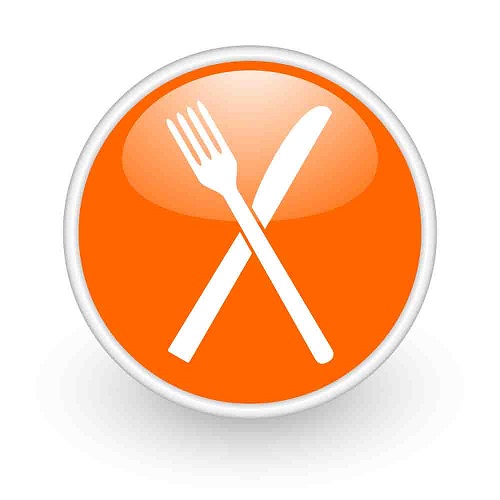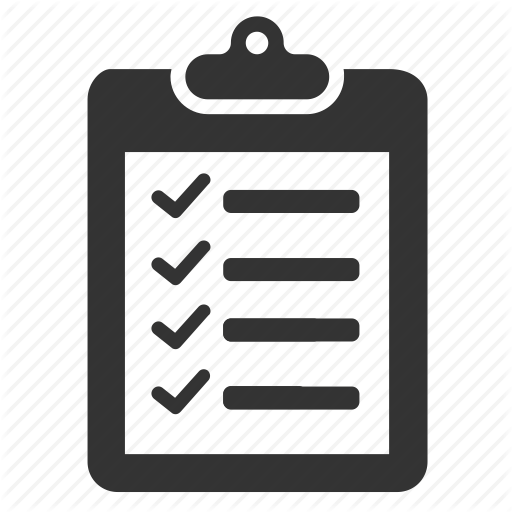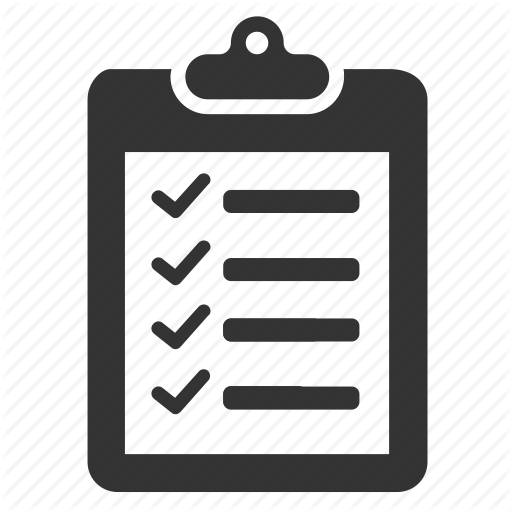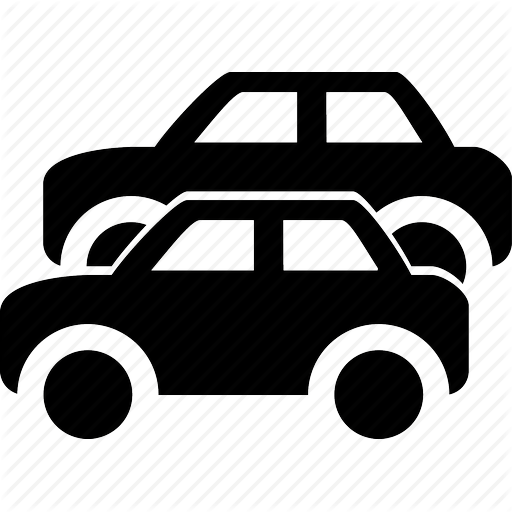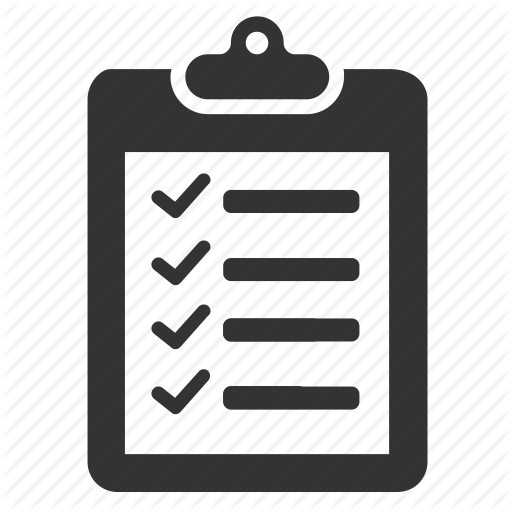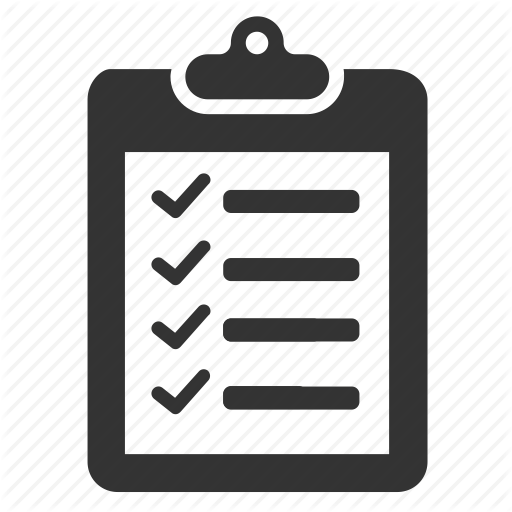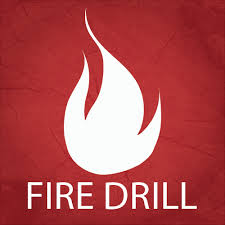Title Page
-
Center Name
- ALBUQUERQUE JCC - 1500 Indian School Road NW, Albuquerque, NM. 87104
- DAVID L. CARRASCO JCC - 1115 Gateway Blvd, El Paso, TX. 79935
- Denison JCC - 10 Opportunity Drive, Denison, IA. 51442
- Jacksonville JCC - 4811 Payne Stewart Drive, Jacksonville, FL. 32209
- OLD DOMINION JCC - 1073 Father Judge Road, Monroe, VA. 24574
- Paul Simon JCC - 3348 S. Kedzie Avenue, Chicago, IL. 60623
- PINELLAS COUNTY JCC - 500 22nd Street S, St. Petersburg, FL. 33712
- PITTSBURGH JCC - 7175 Highland Drive, Pittsburgh, PA. 15206
- Potomac JCC - 1 DC Village Lane SW, Washington, D.C. 20032
- Turner JCC - 2000 Schilling Avenue, Albany, GA. 31705
-
Inspection Date
-
Inspected by
-
Area Inspected
Food Services Facilities Inspection
INSPECTION REQUIREMENT
-
Per PRH 5.9 R5, the center Safety Officer must conduct weekly inspections of all food service facilities, including cafeterias, culinary arts facilities, snack bars and canteens.
STRUCTURAL INTEGRITY
-
Floors: clean, cleanable, in good repair
-
Walls and ceilings: clean, paint in good condition, cleanable
-
Foundation structurally sound ; no water leaks or flooding; walls and ceilings intact
-
Windows and doors not broken; open and close as designed
-
Stairways, stair tread and hand rails: in good repair; and free of trip hazards
-
Exterior walls and gutters are free of defects; and gutters are secured to building, and free of sagging, holes, cracks and leaks
GENERAL HEALTH AND SAFETY
-
No evidence of vermin, insects or rodents. Outer openings protected.
-
Ventilation adequate, no odors or moisture
-
Cleaning supplies, mops, brooms properly stored
-
Carpets and floor coverings securely fastened
-
Windows, sills, curtains, screens, shades: clean and in good repair
-
Lighting adequate, fixtures clean
-
Water fountains clean and working properly
-
First aid kits are stocked and conveniently located
-
AED is operational, with batteries and pads within the expiration dates
-
Enter location of AED that was inspected
-
Safety Data Sheets (SDS) are maintained and conveniently located (SDS are on file for all chemicals; MSDS have been replaced with SDS)
-
Emergency eyewash station is inspected and flushed regularly; functioning properly
FIRE AND ELECTRICAL SAFETY
-
Fire extinguishers accessible, charged
-
Fire escapes, accessible, marked, unlocked; periodic fire drills conducted
-
Evacuation route maps posted; no smoking signs posted; designated smoking areas marked
-
Flammable liquids, oily rags and waste properly stored; No fire hazards
-
Alarm system functioning properly; exit signs illuminated; smoke detectors working properly
-
Emergency lighting/Exit Signs functioning properly<br>(functional testing should be conducted by pressing the "push to test" button for a minimum of 30 seconds).
-
Fire Sprinkler Systems: in good condition with no visible damage; free of external leaks
-
18” clearance maintained between sprinkler heads and stored items
-
Electrical installations adequate
-
GFCIs functioning properly
Kitchen Fire Suppression Sytem
-
Per NFPA 17 - 7.2, a monthly inspection shall be conducted of the kitchen fire suppression system in accordance with NFPA 17 - 7.2.2 and the owners manual. At a minimum, the inspection shall include verification of the following:
(1) The extinguishing system is in its proper location.
(2) The manual actuators are unobstructed.
(3) The tamper indicators and seals are intact.
(4) The maintenance tag or certificate is in place.
(5) No obvious physical damage or condition exists that might prevent operation.
(6) The pressure gauge(s), if provided, is in operable range.
(7) The nozzle blow-off caps are intact and undamaged.
(8) The hood, duct, and protected cooking appliances have not been replaced, modified, or relocated. -
30. Kitchen Fire Suppression System is in good condition with no visible damage and maintained as in accordance with NFPA 17-7.2.
BATHROOMS (Common and Individual)
-
Toilets: adequate in number, in good repair, clean, toilet paper available
-
Showers and tubs: in good repair, hot and cold water, clean, mildew free
-
Sinks: clean, in good repair, hot and cold water, soap available, drying device available
-
Adequate ventilation, no odors or moisture
-
Plumbing installations and drains adequate
-
Rubbish containers: provided, adequate, clean, emptied daily
Section II. Food Service Facilities
FOOD
-
1. Sources, sound condition, no spoilage, milk pasteurized, meats are USDA approved
-
2. Original container or approved dispenser, properly labeled
FOOD PROTECTION
-
3. Potentially hazardous food meets temperature requirements during storage, preparation, display, service, transport
-
4. Proper facilities to maintain product temperature
-
5. Thermometers provided and conspicuous
-
6. Potentially hazardous food properly thawed
-
7. Unwrapped and potentially hazardous food not reserved
-
8. Food properly protected during storage, preparation, display, service, transportation
-
9. Handling of food and ice minimized
-
10. In use, food and ice dispensing utensils properly stored
-
11. Fruits and vegetables washed
PERSONNEL
-
12. Personnel with infections restricted
-
13. Persons with hepatitis excluded for 45 days after symptoms
-
14. Personnel have local food handlers certificates if required
-
15. Hands washed and clean, good hygienic practices
-
16. Clothes clean, hair restrained
FOOD EQUIPMENT AND UTENSILS
-
17. Food contact surfaces: adequately designed, constructed, maintained, installed, located
-
18. Non-food contact surfaces: adequately designed, constructed, maintained, installed, located
-
19. Dishwashing facilities properly designed, constructed, maintained, installed, operated
-
20. Accurate thermometers or chemical test kits provided, gauge cocks provided
-
21. Dishes and utensils pre-flushed, scraped, soaked
-
22. Wash, rinse water: clean, proper temperature
-
Instructions:
1. Run the dishwasher through a cycle so that the required temperatures are met
2. Take a photo of the dishwasher temperature gauges when the temperatures are compliance -
23. Sanitizing rinse: clean, appropriate temperature, concentration, exposure time. Equipment, utensils sanitized
-
24. Wiping cloths: clean, stored, restricted in use
-
25. Food contact surfaces of equipment, utensils clean, free of abrasives, detergent
-
26. Non-food contact surfaces of equipment, utensils clean
-
27. Satisfactory storage, handling of clean utensils, equipment
-
28. Single-service articles: non-toxic, properly stored, dispensed, handled, in use when dishwashing facilities are not operating
-
29. No reuse of single service articles
Water
-
31. Water source safe, hot and cold under pressure
GARBAGE AND REFUSE DISPOSAL
-
32. Containers covered, adequate number, insect/rodent proof, clean, removal frequent
-
33. Outside storage area enclosures properly constructed, clean, controlled incineration
VENTILATION
-
34. Rooms and equipment vented as required; no odors, steam
OTHER
-
35. Dressing rooms clean, lockers provided, facilities conveniently located and used
-
36. Necessary toxic items properly stored, labeled, used
-
37. Premises maintained, free of litter, unnecessary articles. Cleaning/maintenance equipment properly stored. No unauthorized persons
-
38. Complete separation from living/sleeping quarters, laundry
-
39. Clean, soiled linen properly stored
Additional Comments/Information/Photos
-
Any further comments or recommendations from this inspection?
-
Add any additional relevant photos
Completion
-
All persons involved in the inspection will sign below
-
Signature of Inspector
-
Cafeteria Manager/Supervisor
-
Name of others involved in inspection
